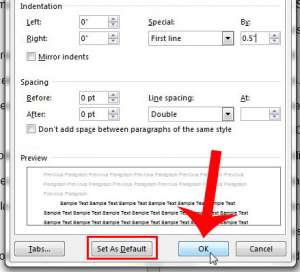

Otherwise, you can show the ruler by going to the View tab and ticking the Ruler checkbox. First off, we need to make sure the ruler is visible.īy default, the ruler should be visible when you open a Word document.

In this method, we will guide you through the steps to create a hanging indent using the ruler. Simply select the measurements that you’d like the hanging indent to use and fill in the necessary options. The steps are the same as the previous method from here on out. The Paragraph dialogue box will pop-up in the middle of your screen. Now, select Paragraph on the list of options. Notice that you did not have to select the whole paragraph in this step. Right-click on any part of the paragraph where you want a hanging indent applied. Otherwise, click the Cancel button if you want to revert any changes. Note that, by default, this is in inches.Ĭlick the OK button once you’re finished. Once the Paragraph dialogue box has appeared, go to the Indentation section and click the Special: drop-down menu.Īlso, you can specify the length of the indent by typing a number in the By: field. This will launch the Paragraph dialogue box in the middle of your screen. In the middle of the Ribbon, select the arrow icon at the bottom-right corner of the Paragraph group. Step 3: Go to the Paragraph group in the Home tab. Note that you can create hanging indents over multiple lines of citations spanning over several pages. 3 Ways to Create a Hanging Indent in MS WordĬarefully select the text or citations that you need to format.

Now, there are about three ways to create a hanging indent in MS Word. It also allows your readers to quickly spot the citation details like the author names, publication dates, and place, pages, etc. When hanging indentation is used, the first line is not indented while the rest of the paragraph is.įormatting each line of your citation with hanging indents makes it easier to be distinguished from the others. This is a common format commonly found in bibliographies, reference lists, and cited works.Ī hanging indent is basically the opposite of what we usually see in common paragraph indentations, where the first line is indented. Various citation styles require hanging indents to format your list of sources.

Citing of sources is a must in most, if not all, reading materials.


 0 kommentar(er)
0 kommentar(er)
